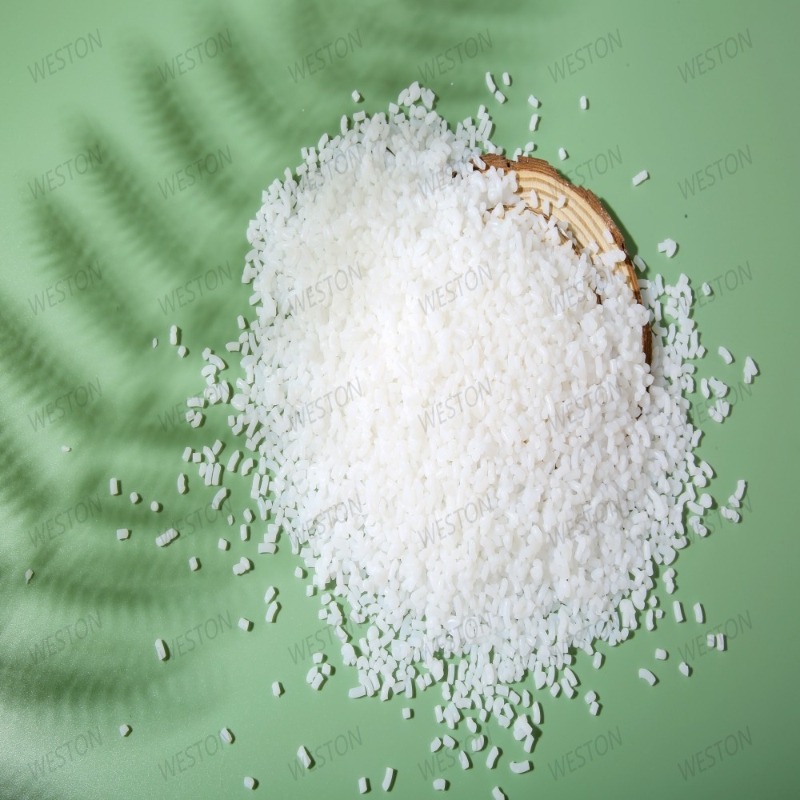-
Categories
-
Pharmaceutical Intermediates
-
Active Pharmaceutical Ingredients
-
Food Additives
- Industrial Coatings
- Agrochemicals
- Dyes and Pigments
- Surfactant
- Flavors and Fragrances
- Chemical Reagents
- Catalyst and Auxiliary
- Natural Products
- Inorganic Chemistry
-
Organic Chemistry
-
Biochemical Engineering
- Analytical Chemistry
- Cosmetic Ingredient
-
Pharmaceutical Intermediates
Promotion
ECHEMI Mall
Wholesale
Weekly Price
Exhibition
News
-
Trade Service
9 Analysis steps
9.
9.
Note: For a paired absorption cell, the calibration value of the absorption cell should not be greater than 0.
9.
Note: Be very careful when transferring samples to avoid air bubbles and affect the test results
9.
10 Result calculation
10.
Where:
A s ——The absorbance of the sample measured at the relevant wavelength;
A c —— The absorbance correction value of the absorption cell at the relevant wavelength
If a 10mm absorption cell is used, calculate the net absorbance Aλ of the sample at each wavelength under the 10mm optical path according to formula (2)
A λ =A s -A c .
10.
T λ =10(2-A λ ).
10.
Take the arithmetic average of the results of the internal repetitions to report the light transmittance of the sample at the relevant wavelength, and round it to the nearest 0.
11 Repeatability limit (after nitrogen purge treatment)
In the same laboratory, the absolute value of the two independent test results obtained by the same operator using the same equipment, using the same test method, and independently testing the same object under test within a short period of time should not exceed the absolute value in Table 1.
Table 1 Repeatability limit of ethylene glycol ultraviolet transmittance (after ammonia stripping treatment)
12 Report
The report should include the following:
a) All information about the sample, such as sample name, batch number, sampling location, a sampling port of the sampling time
.
The report should also include whether the sample has been blown off by nitrogen, and the optical path of the absorption cell
.
b) Code of this part
.
c) Analyze the results
.
d) Details and descriptions of any abnormal phenomena observed in the measurement
.
e) the name of the analyst and analysis date
.







